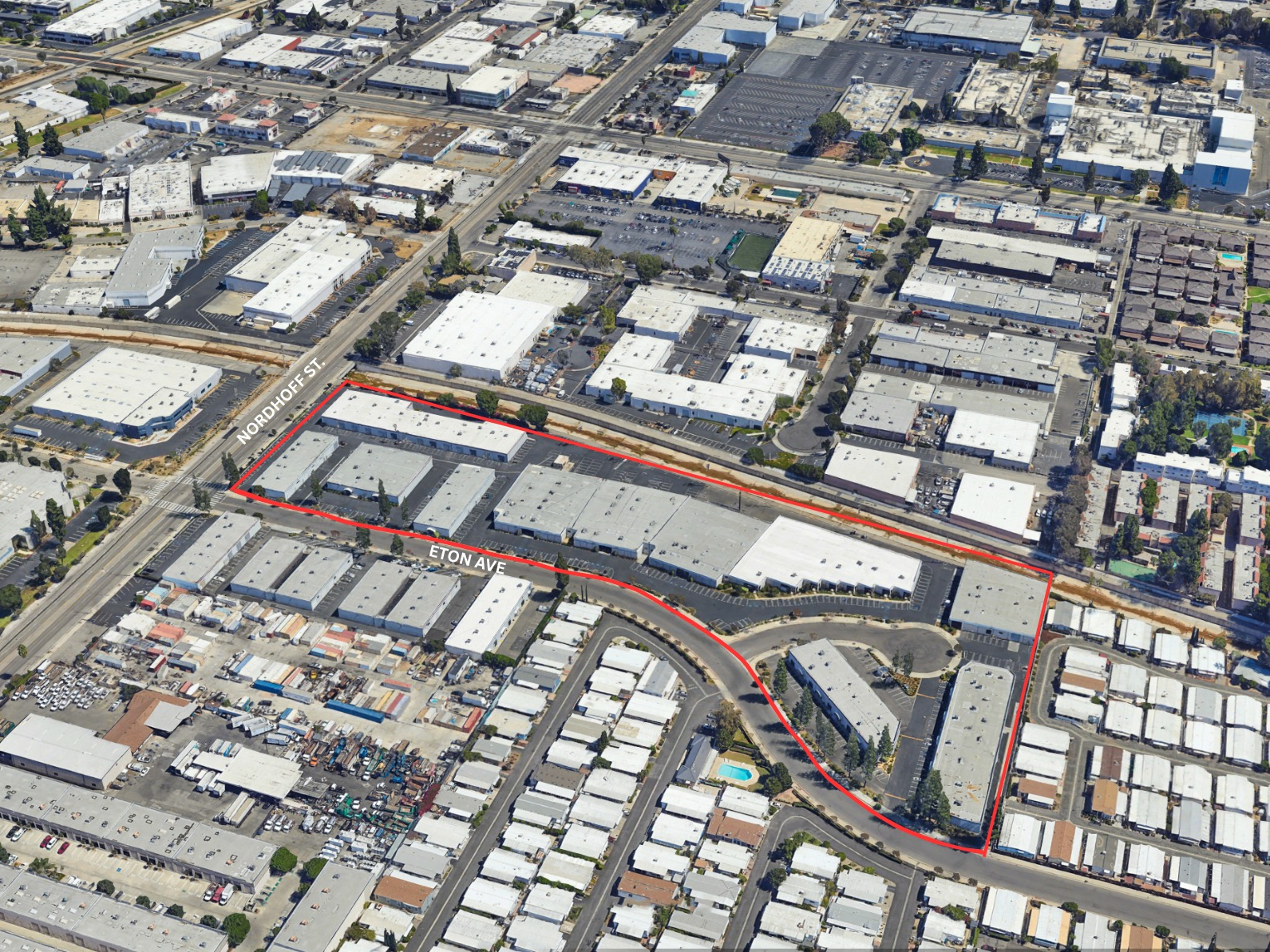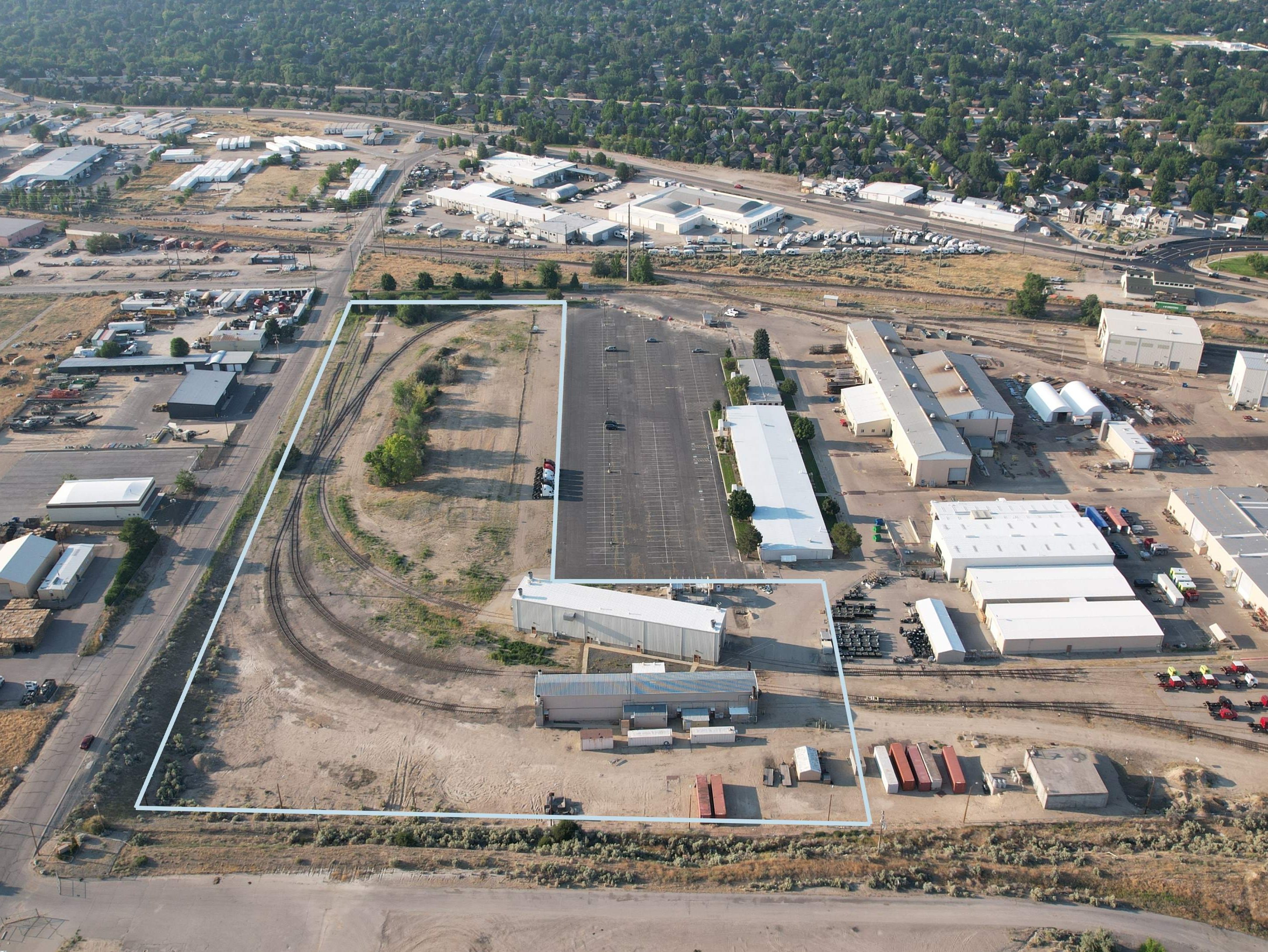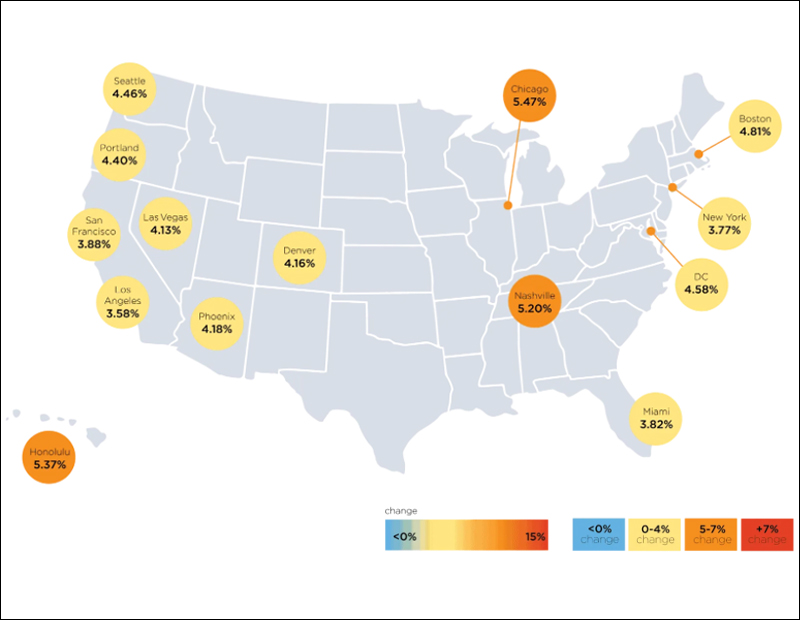Dismal Lending Year to Turn Up in ‘24
Columnist Lew Sichelman takes a close look at projections from the Mortgage Bankers Association.
When the dust clears on 2023, lending and borrowing in the commercial real estate market will be roughly half what it was in 2022.
According to the latest baseline forecast from the Mortgage Bankers Association, mortgage activity this year will reach only $442 billion, a 46 percent drop off from $816 billion in the previous year.
About half of this year’s total will be in multifamily lending, which itself will drop 41 percent, from $480 billion to $285 billion, according to the MBA’s updated projections.
For next year, the trade group is expecting overall activity in the commercial space to jump back up to $559 billion, with $339 billion of that in the multifamily space. That leaves just $220 billion for remainder of the sector.
READ ALSO: How Cautious Lending Impacts Construction Financing
Peering into 2025, the forecast is for $731 billion in lending on all property types, a 31 percent gain on top of the 26 percent increase in 2024. Of that total, $438 billion is projected for multifamily properties, an increase of 23 percent from ‘24.
Of the $4.6 trillion of the outstanding commercial mortgage debt, about $2 trillion is backed by multifamily properties. So the forecast for next two years is somewhat out of balance.
The MBA did not release a full report to back its latest estimates. But in its most recent quarterly “databook.” Jamie Woodwell, the MBA’s head of commercial real estate research, reported that more than a third of all multifamily loans in 2022 were for less than $1 million—and almost a quarter were for less than $500,000.
Small multi-housing loans, he said, “are largely the domain” of banks. The average multifamily mortgage made by a bank was $3.9 million last year vs. $38 million for life insurance companies and CMBS, $19 million for FHA and $18 million for the government sponsored enterprises, Fannie Mae and Feddie Mac.
In terms of numbers, 67,191 multifamily loans were written in 2022. Of that total, banks accounted for 51, 931 or 77 percent but just 42 percent of dollar volume or $201 billion out of $480 billion.
When it comes to office properties, Woodwell said lenders are being cautious as property owners figure out how to deal with issues stemming from how demand for space will translate with work-from-home and return-to-office schemes.
As of last year’s second quarter, CBRE reported that the overall office vacancy rate hit a 30-year high of 18.2 percent, while JLL noted 12.5 million square feet of negative net absorption. Nevertheless, CBRE found that two-thirds of all office structures were more than 90 percent leased.
Retail began working its own set of problems two years ago. Now, Woodwell said, retail investors and lenders have pretty much identified the properties and subtypes with which they feel comfortable. And as a result, as of the second quarter of ‘23, according to Moody’s Analytics, vacancies are trending down and average asking rents are up—but only slightly.
Industrial, meanwhile, continues to be the darling of commercial lenders. But while it has been a strong sector, new supply is coming online and demand is slowing. Still, with the rapid rise in rents taking place over the last few years, Woodwell reported that net effective operating incomes are up “as expiring leases rolled over to much higher current levels.”








You must be logged in to post a comment.